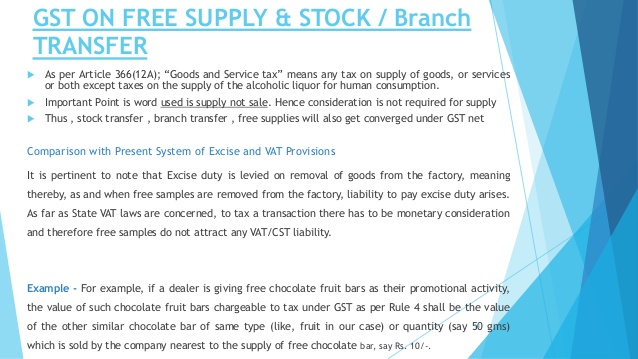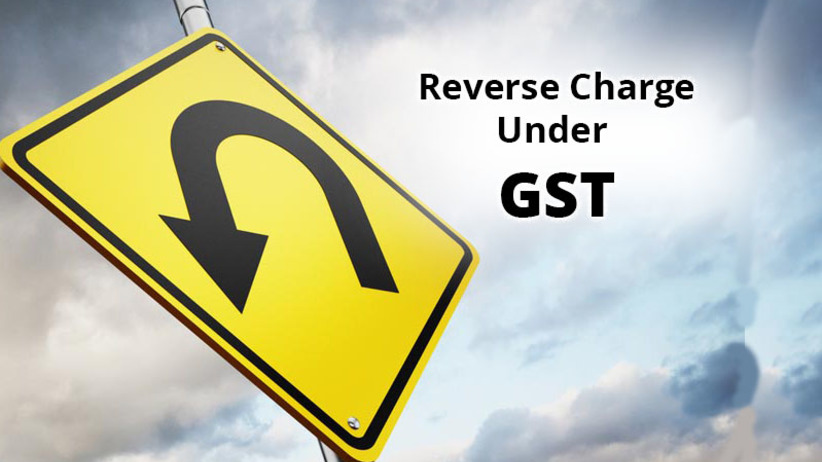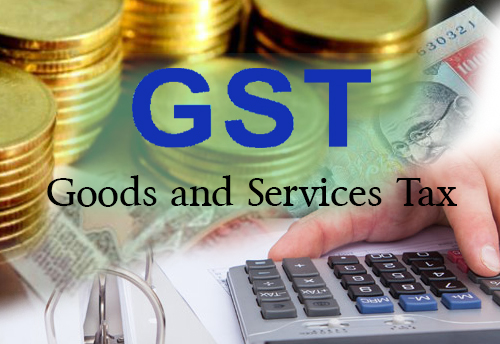All about Taxation under GST

 The much-awaited Goods and Services Tax has recently becomes a law with President Pranab Mukherjee signing it after ratification by 16 states.
The much-awaited Goods and Services Tax has recently becomes a law with President Pranab Mukherjee signing it after ratification by 16 states.
With the placement of the Bill for Goods and Services Tax (GST) in the Parliament on August 2016, the Government appeared to be committed to replace all the existing indirect taxes levied upon goods and services by the Centre and States and implement the new GST by April next year.
The U.S. President barrack Obama expressed confidence in the new Bill assented by the President.
“GST will make economy more predictable” said the Prime Minister Mr. Narendra Modi.
Basic Implications of GST:
With GST, the tax base will be comprehensive as all goods and services will be taxable with minimum scope of exemptions.
GST will be a reform for the Indian economy as a common Indian market will be formed thus reducing the cascading effect of tax on goods and services.
GST will impact the tax structure, tax computation, tax compliance, etc. that will lead to a complete change in the present system of indirect tax.
GST will affect all the aspects of the business operations in India for example, pricing of products and services, Information Technology, accounting, tax compliance, etc.
What is included in GST?
Goods and Service Tax is a comprehensive tax to be levied upon the manufacture, sale and consumption of goods and service at the Central level.
It is a tax on goods and services with addition of value at every stage having comprehensive and continuous chain of benefits from the level of the service provider up to the level of retailer where the final consumer should bears the tax.
Meaning of “supply”:
The taxable item under GST is supply of goods and services. The expression ‘supply’ includes all kinds of supply like sale, transfer, exchange, license, lease, etc. made during a business and importation of service. Transactions made between a principal and agents are also considered as supplies.
‘Supply’ also includes transactions like permanent transfer of business assets, using of business assets for any non-business purpose, services put to non-business use and supply by a taxable person to a non-taxable person during the business.
However, supply of goods to a job worker is not deemed as supply. But sale of under construction properties, transfer of intellectual property rights, transfer of right to utilise goods and development, etc. would be treated as supply of service.
Why do we need GST?
GST has been introduced in order to replace the present tax structures of Centre and State taxes in the emerging economic environment.
Currently services are used in production and distribution of goods. Separate taxation of goods and services often involve breaking up of transaction values into value of goods and services for taxation thereby creating complexities and compliances costs.
Clubbing many taxes into a GST system would provide full credit for inputs taxes collected. GST is a destination-based tax based on the principle of VAT which would also greatly help in removing distortions in the law of taxes in the country and will help to develop a common national market.
- Justification at the Central Level – presently excise duty paid upon the raw material used is allowed as input credit only. For other taxes paid for post-manufacturing expenditures, there is no system input credit under the Central Excise Duty Act.
- Justification at the State Level – The main defect under the State VAT is that the State charges VAT on the excise duty paid to the Central Government that is against the principle that tax cannot be levied on taxes.
At present under the VAT scheme, Cenvat allowed on the goods are included in the value of goods which are to be taxed resulting in a cascading effect due to the presence of Cenvat element.
Many States are still continuing many types of indirect taxes like luxury tax, entertainment tax, etc. Since tax is being levied on inter-state transfer of goods, there is no scope of taking input credit on CST which ultimately results in another burden on the dealers.
Input tax credit:
The GST law provides for credit of GST paid on inputs subject to some exceptions that include the services received and utilised by employees and also vehicles when they are not used for specified purposes, supplies received for executing works contract for constructing an immovable property, etc.
Supplies used for personal use are also not entitled to credit.
The following conditions should be fulfilled for claiming credit:
- possession of tax invoice;
- receipt of the underlying supply of goods or service;
- payment changed in invoice by a supplier;
- Filing the GST return.
Moreover, the credits should be matched with the tax liability of the supplier, and in case of any mismatch, the amount of excess credit shall be added in the tax liability of the receiver.
The time limit for claiming such credit is normally one year from the date of the invoice. However, no credit in connection with a financial year is allowed after filing of the return for September of the next financial year or the filing of the return for the year relating to the credit, whichever is earlier.
For the purchases made after September month in a financial year, the time of claiming credit is deducted.
The concept of input service is continued in the GST. But credits of GST paid on inputs or capital goods are not to be distributed.
Also read:
https://www.itrtoday.com/inter-state-gst/


 Sales Tax For E-Commerce: 3 Things Small Businesses Should Know
Sales Tax For E-Commerce: 3 Things Small Businesses Should Know  What Is The GST Liability on Free Supply of Goods and Services?
What Is The GST Liability on Free Supply of Goods and Services?  Some FAQs about GST- Understanding Scope and Provisions of GST
Some FAQs about GST- Understanding Scope and Provisions of GST  Understanding the Reverse Charge mechanism under GST and IGST?
Understanding the Reverse Charge mechanism under GST and IGST?  Pros and Cons of GST- Is Ushering in of GST worth Celebrating as media wants us to believe?
Pros and Cons of GST- Is Ushering in of GST worth Celebrating as media wants us to believe?  Arrests and Detention Provisions under GST in Detail- Are these justified
Arrests and Detention Provisions under GST in Detail- Are these justified  ITAT Amritsar: No Section 269SS Violation for One-Time Cash Payment Before Sub-Registrar
ITAT Amritsar: No Section 269SS Violation for One-Time Cash Payment Before Sub-Registrar  Tax Officials Unleash Digital Dragnet: How New Raid Powers Redefine Privacy, Property Rights in India and likely to Fuel Corruption
Tax Officials Unleash Digital Dragnet: How New Raid Powers Redefine Privacy, Property Rights in India and likely to Fuel Corruption  Income Tax Department Rewards for Reporting Tax Evasion: A Comprehensive Guide
Income Tax Department Rewards for Reporting Tax Evasion: A Comprehensive Guide  Forfeiture of Gratuity by Employer- What are the Remedies for an employee- Can employer be challenged?
Forfeiture of Gratuity by Employer- What are the Remedies for an employee- Can employer be challenged?